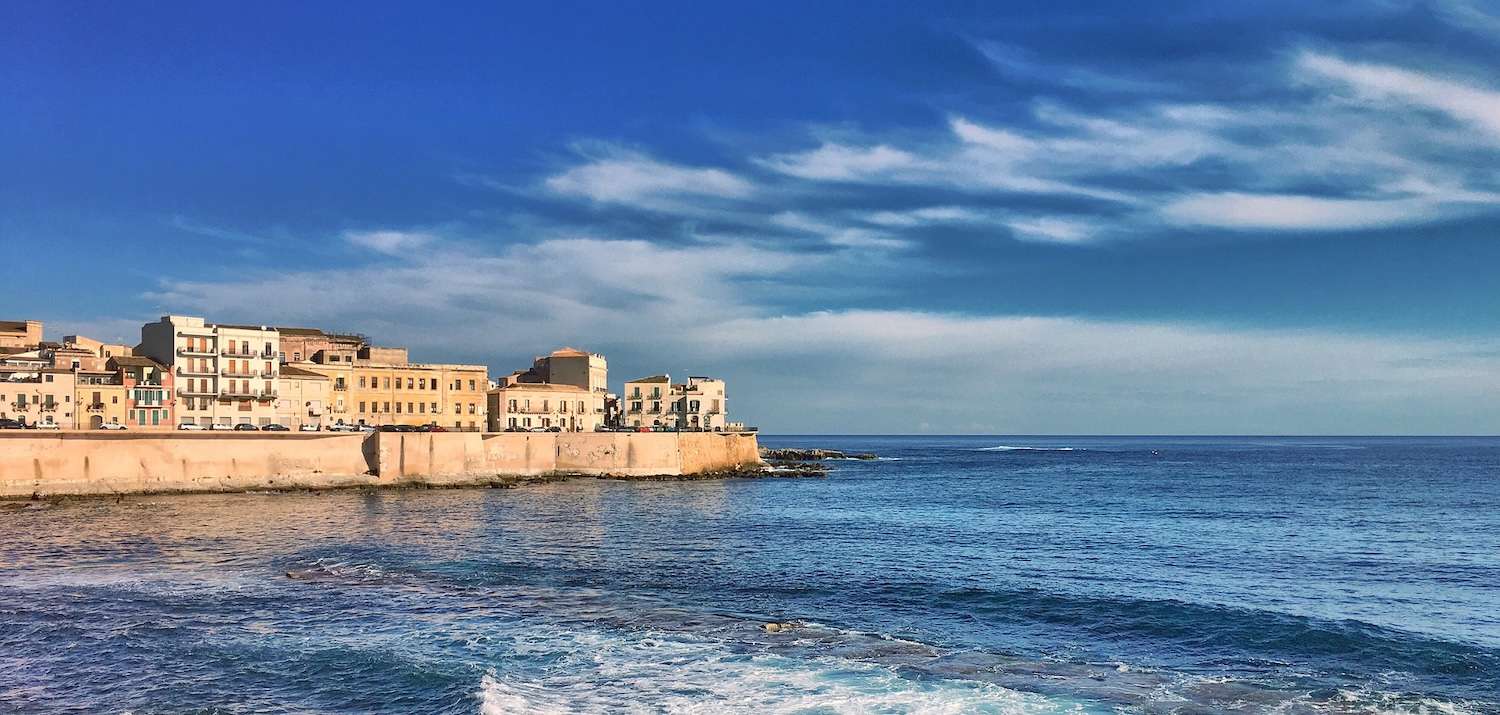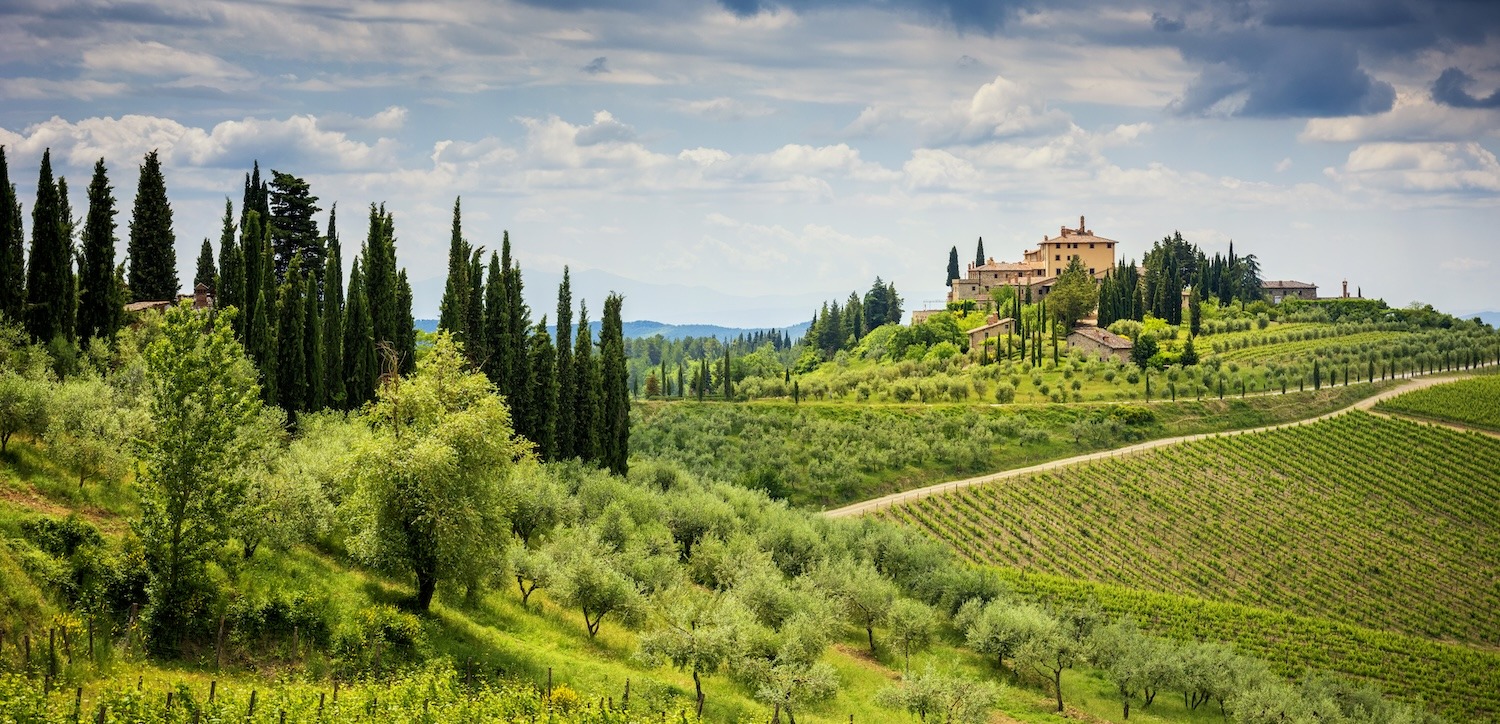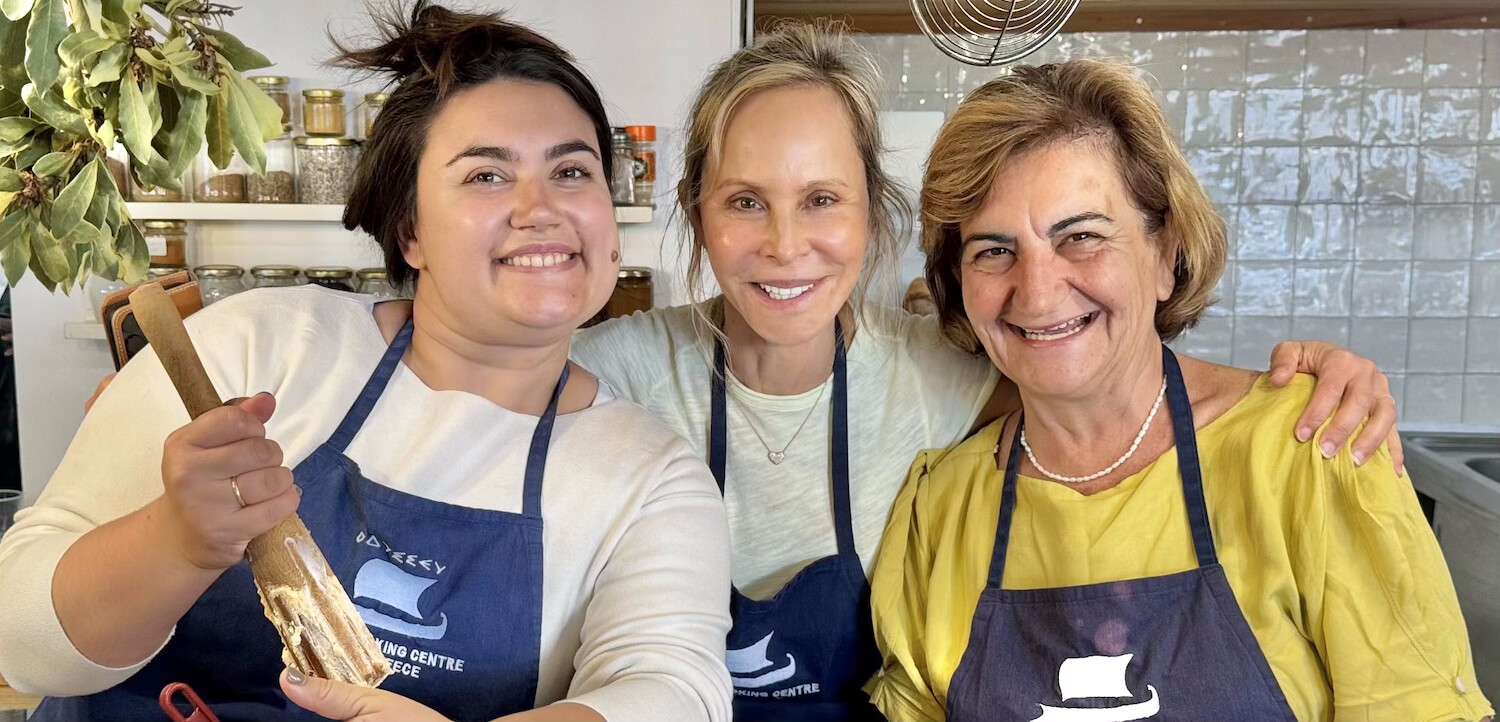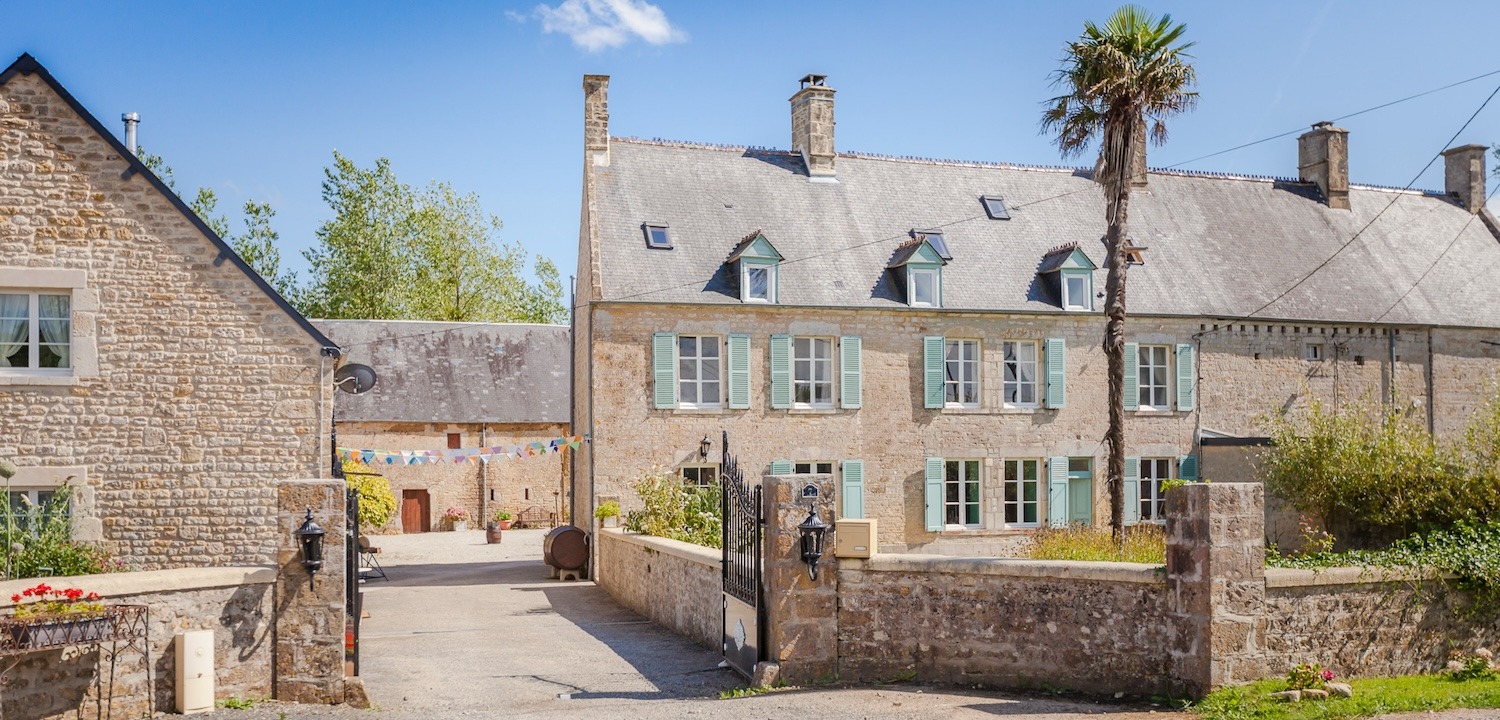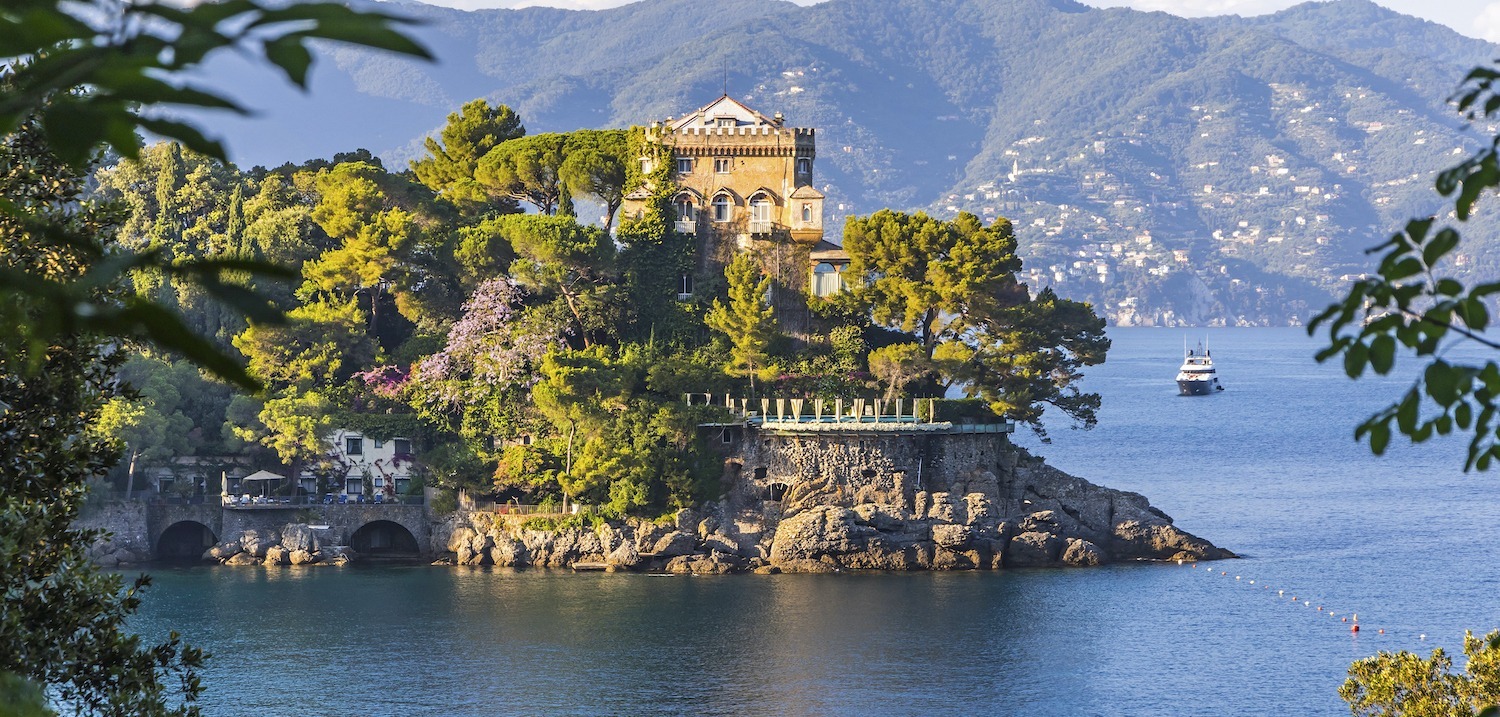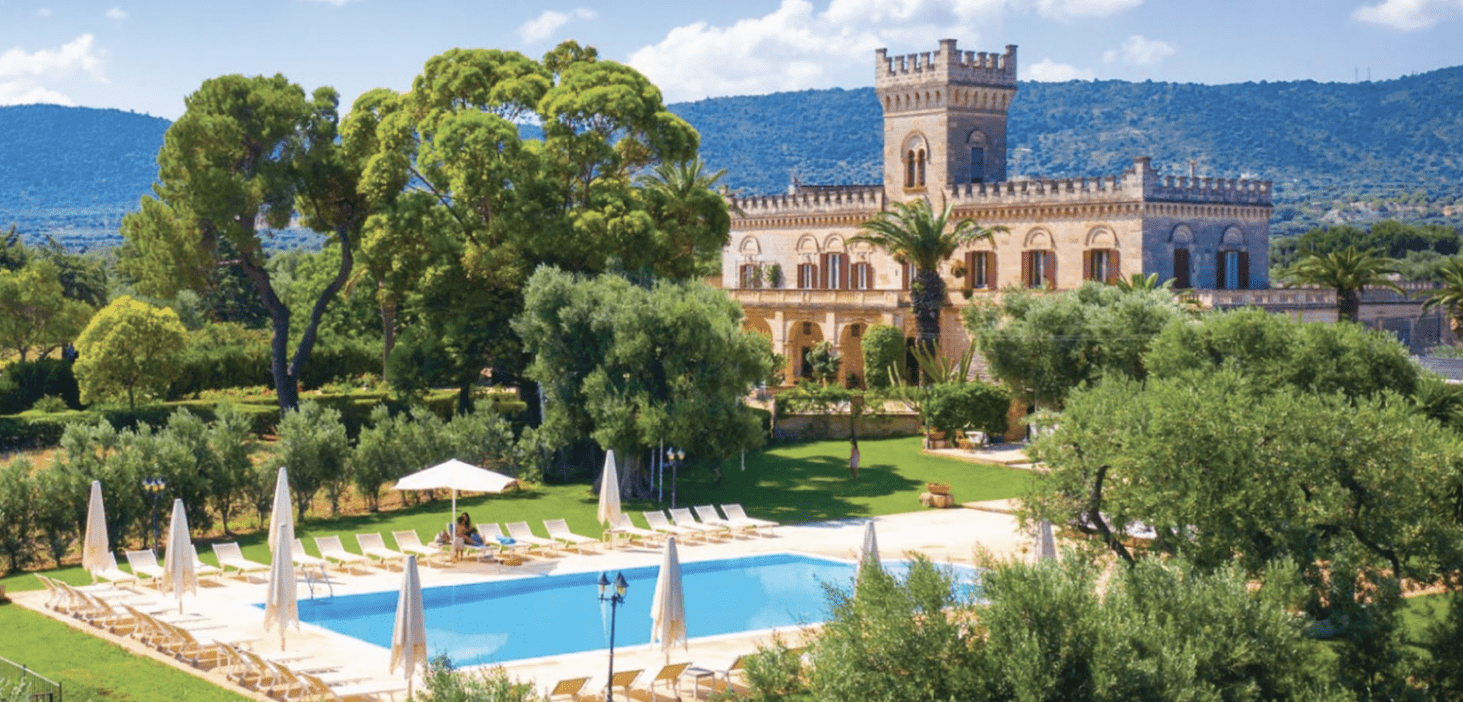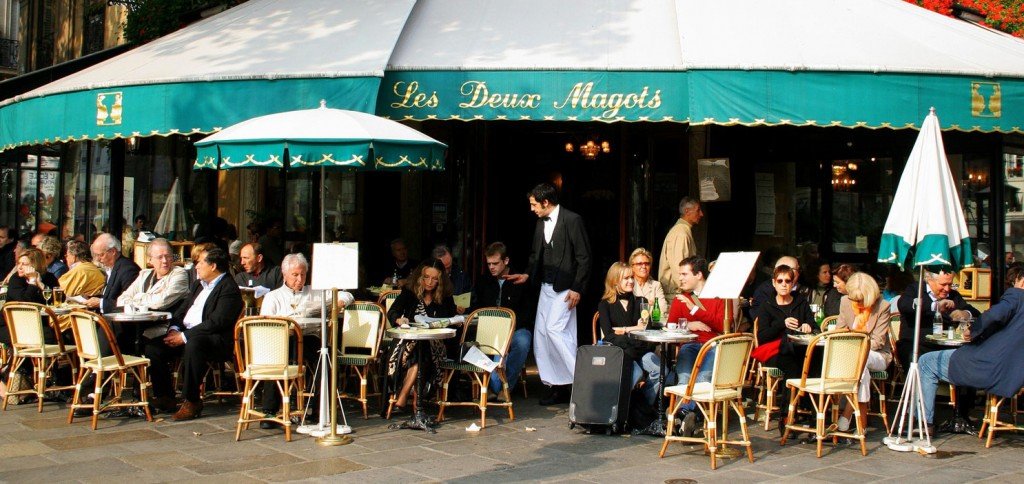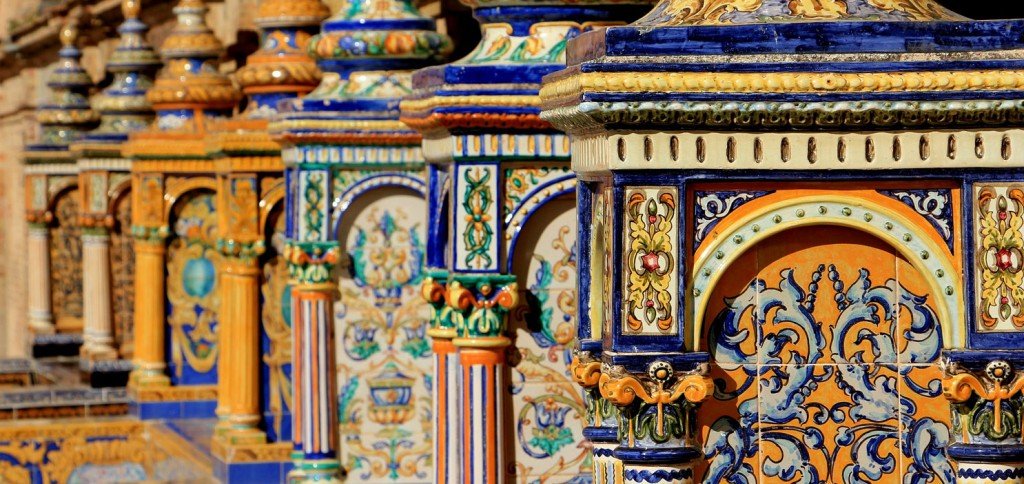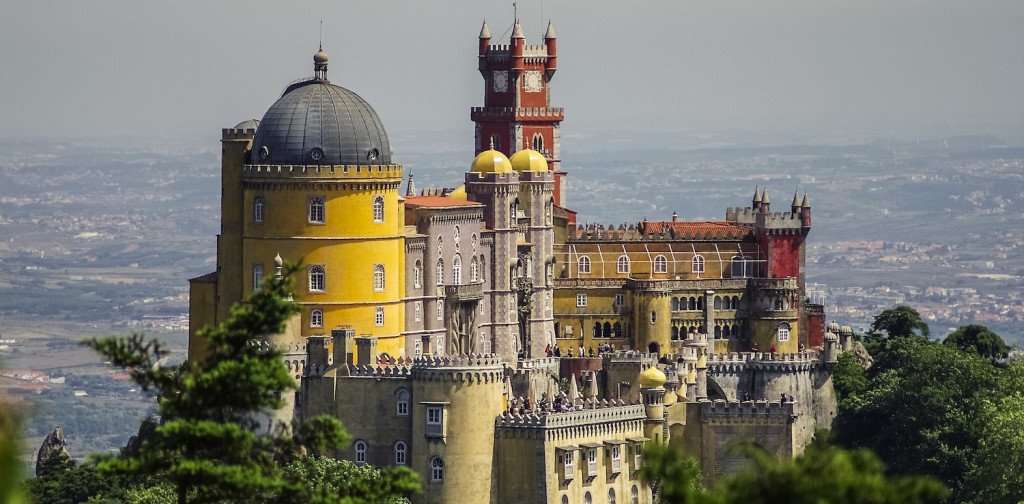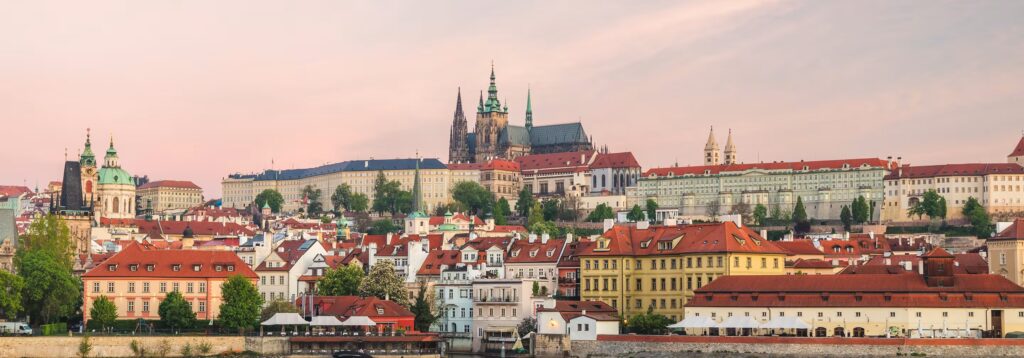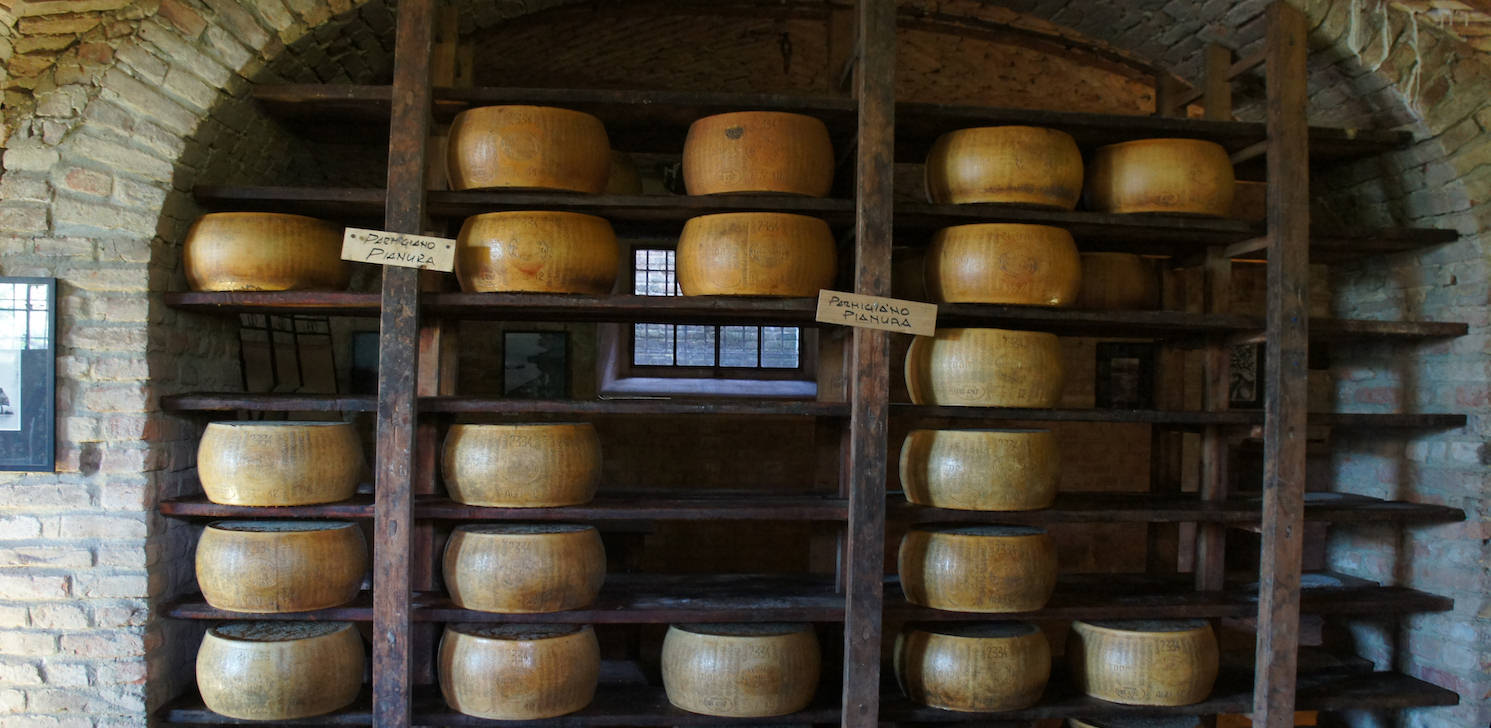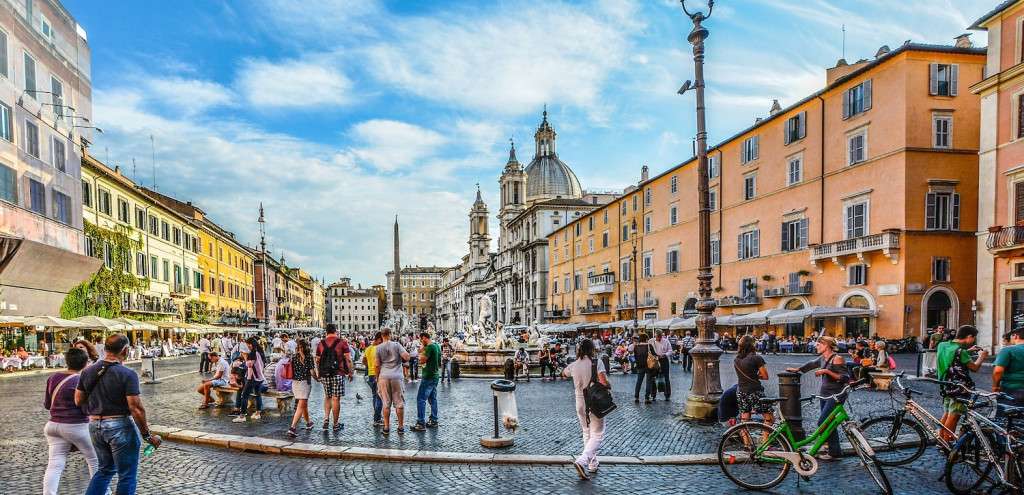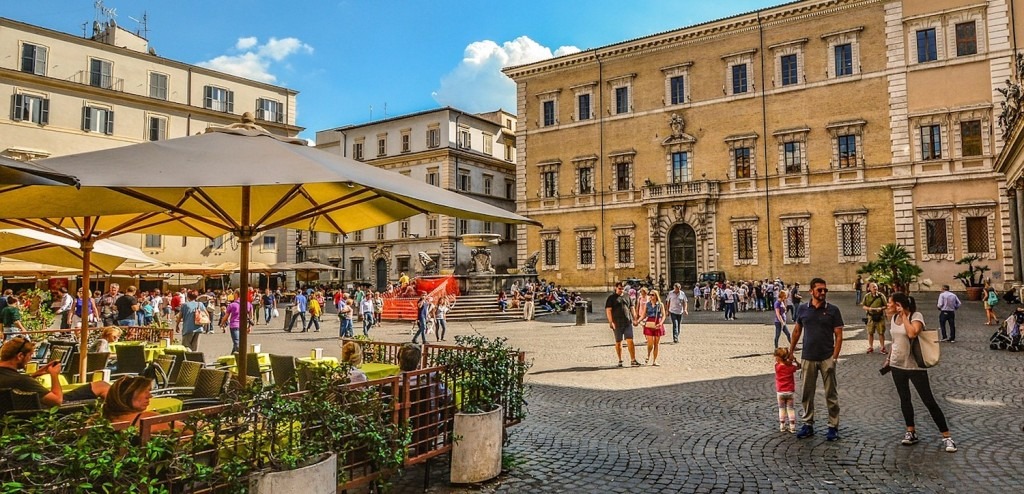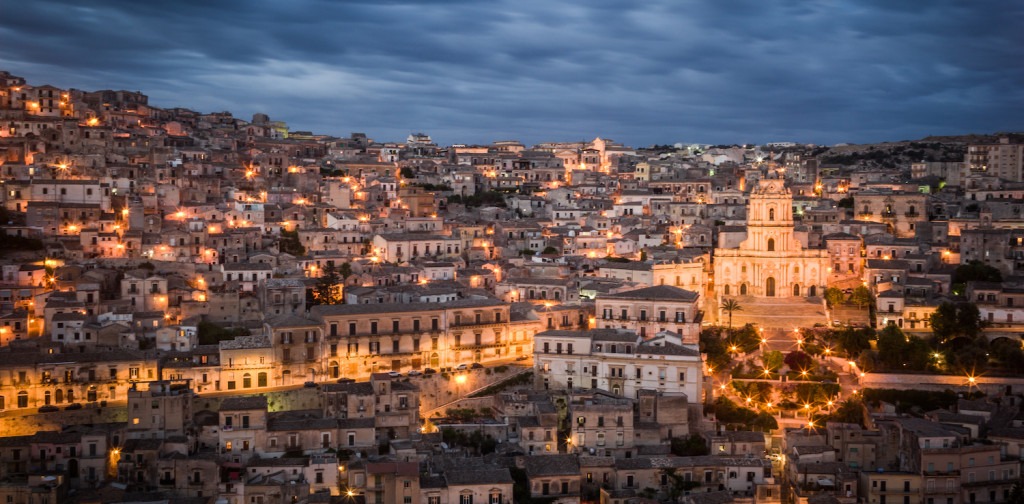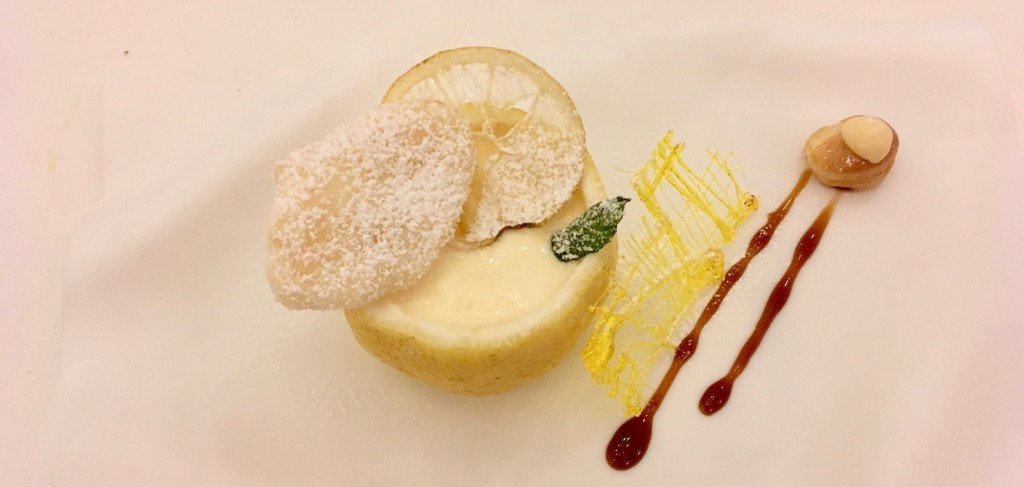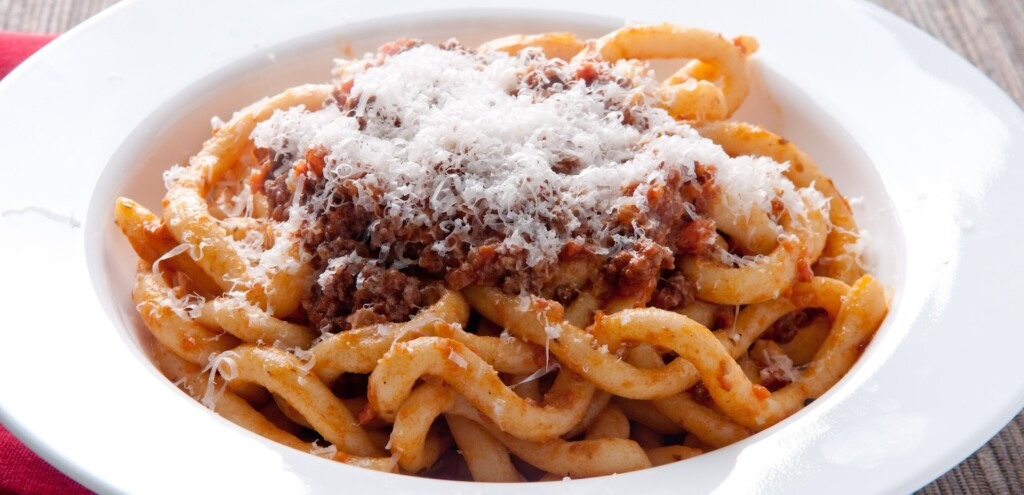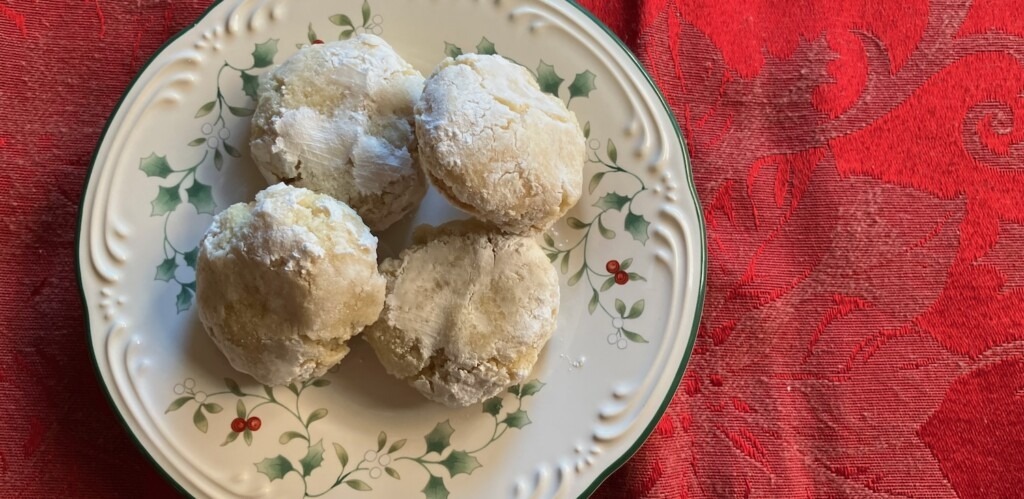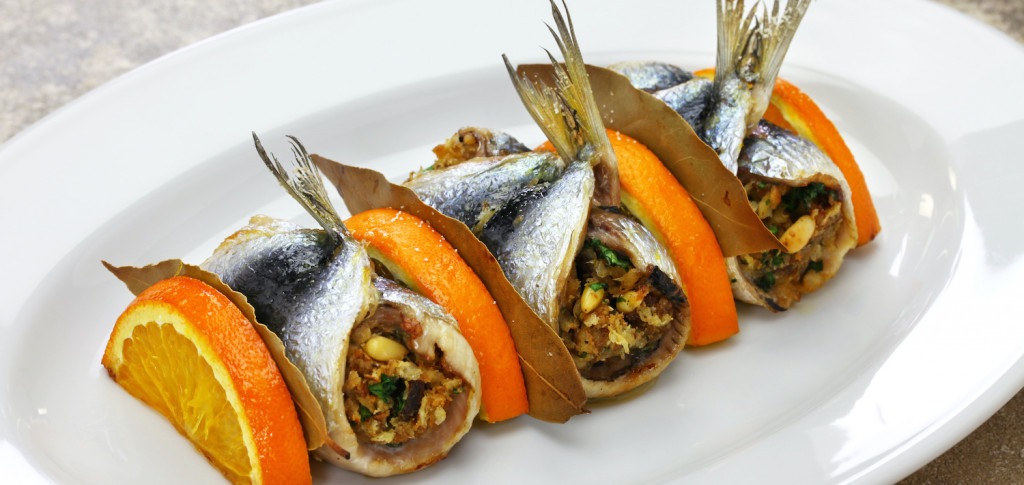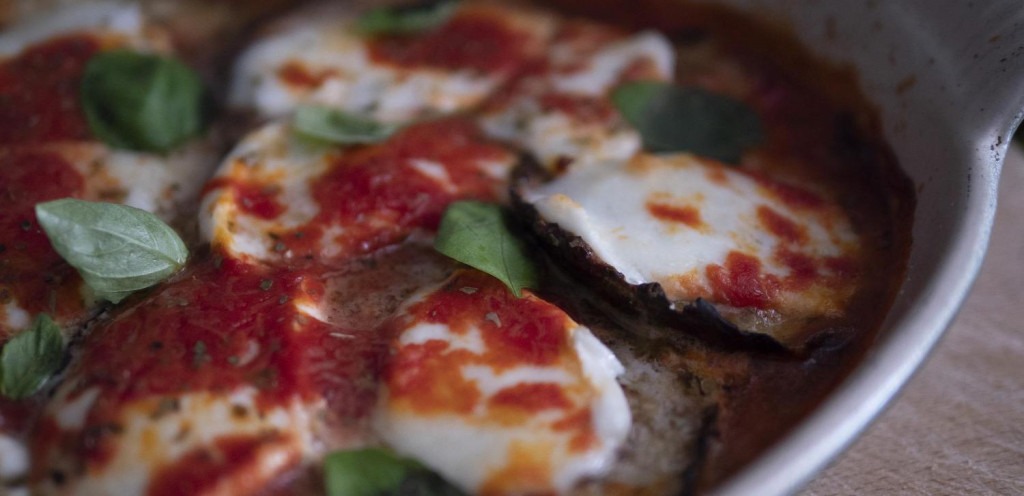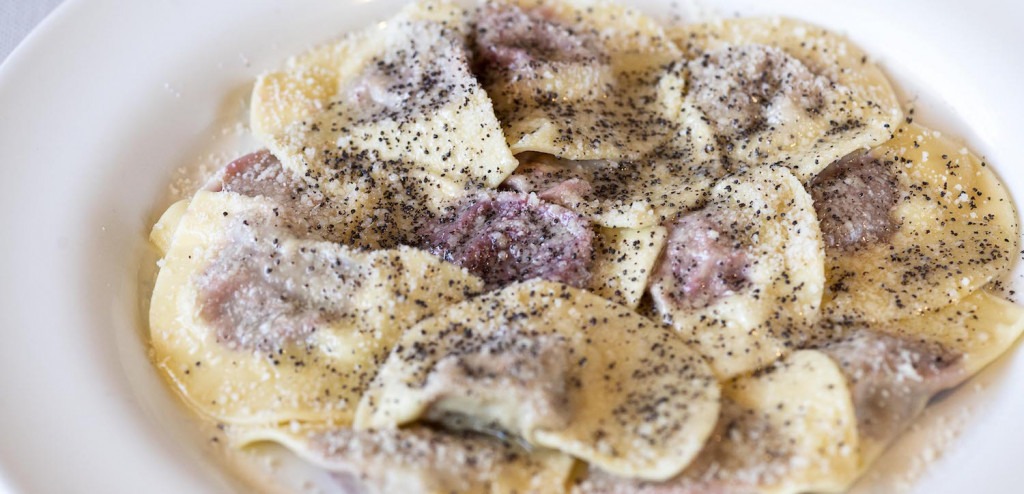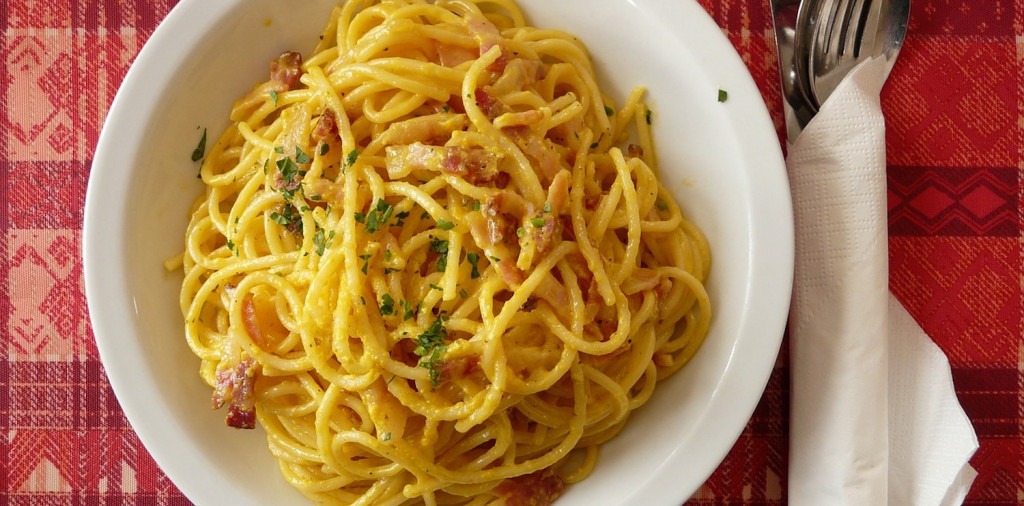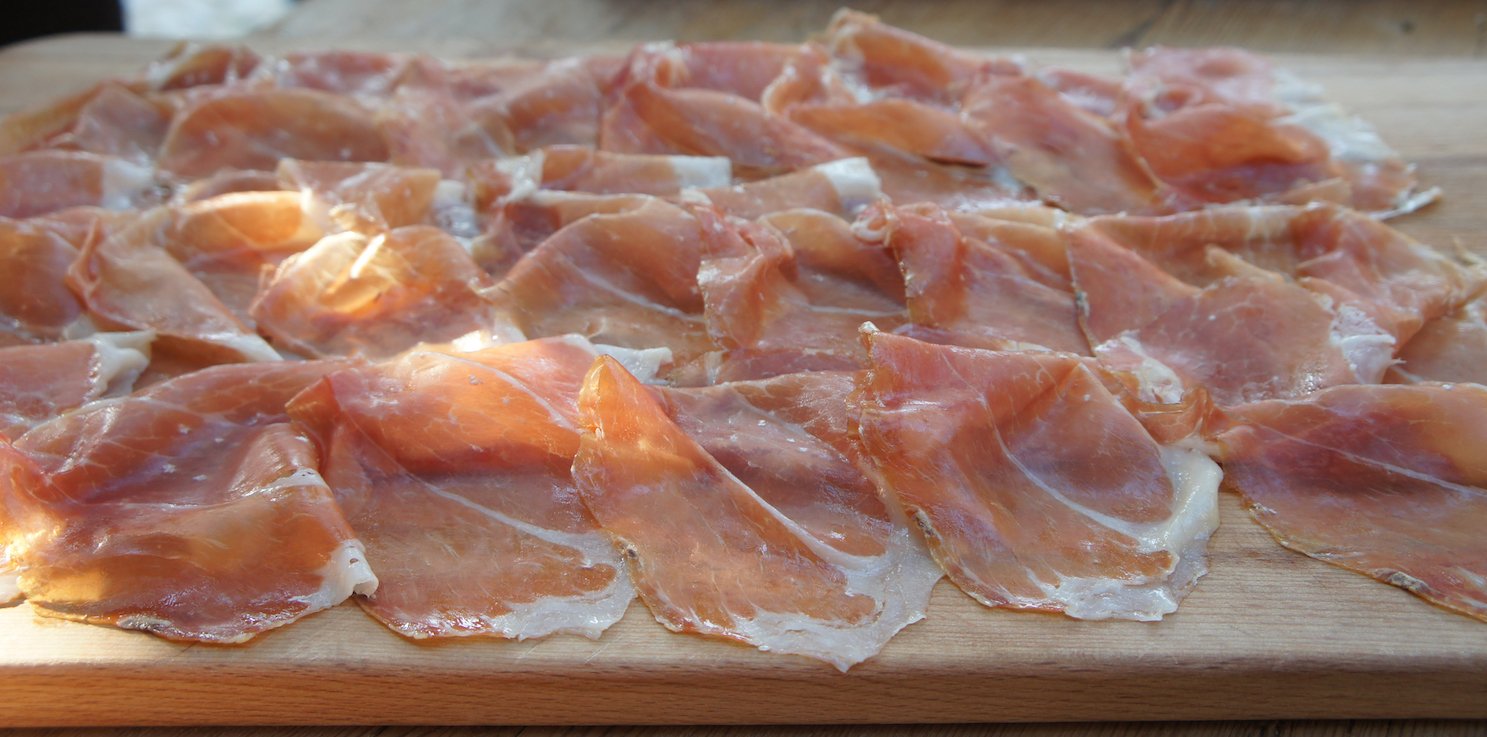
- The International Kitchen
- Blog
- The Cured Meats of Emilia Romagna
The Cured Meats of Emilia Romagna
-
-
There’s nothing quite like the cured meats of Emilia Romagna if you are on one of our foodie trips in Italy. While the northern region of Italy is known for quite a few delicacies and dishes, and a variety of preserved products — even tomato paste! — it’s often the cured hams that draw people to this beautiful land: not only to see how they’re made, but also to taste them right at the source.
 Living in Chicago — a city that has its own history with meat — it might be easy to assume that I’ve already had plenty of great meat dishes, including appetizers of cured meats thanks to the proliferation of butcher shops throughout the city.
Living in Chicago — a city that has its own history with meat — it might be easy to assume that I’ve already had plenty of great meat dishes, including appetizers of cured meats thanks to the proliferation of butcher shops throughout the city.
But on a recent foodie trip in Italy featuring Emilia Romagna, I discovered the amazing range of flavors and what makes the cured meats of the region — ones that have centuries of tradition behind them — so different than anything else you’ll find in the world.
Prosciutto di Parma
The history of Emilia Romagna’s prosciutto begins long before the time of refrigeration and dates back to Roman times — hence one of the reasons why the meat was cured! While some of the processes have been modernized over the years, trimming is still often done by hand.
 Many of the pigs are also still raised along the banks of the Po River, but not all of them; to be classified as prosciutto di parma, the meat must be aged in the micro-climate of Parma, but considering the fact that over 10 million prosicutto di parma hams are produced each year, some of the pigs are raised in other nearby regions of Italy.
Many of the pigs are also still raised along the banks of the Po River, but not all of them; to be classified as prosciutto di parma, the meat must be aged in the micro-climate of Parma, but considering the fact that over 10 million prosicutto di parma hams are produced each year, some of the pigs are raised in other nearby regions of Italy.
So what makes the flavor prosciutto di parma so different? Part of it its the pigs, but the producers of Emilia-Romagna will tell you it’s simple: the micro-climate. The humidity, the fog, the wind — and factor in the aging time — all influence this meat that has ends up with just a hint of sweetness. Because otherwise prosciutto is made pretty similarly elsewhere, made as it is with raw pork meat and sea salt.
While Prosciutto di Parma is perhaps one of the best known of the cured meats from the region that you will see on our foodie trips in Italy — in large part due to how much is produced in a given year — it’s not the only one, as travelers will learn during an Emilia Romagna cooking vacation.
The famous culatello
 Culatello is even more famous, and expensive, than prosciutto di parma, but it’s also not as well known by the general public. How is that even possible? Well, for one, only about 30,000 of culatelli are produced a year, compared to prosciutto di parma’s 10 million! Factor in the expensive cost of culatelli (50-90 euros per kilo, compared to proscuitto’s 20-25 euros), as well as how many culatelli are reserved years in advance by restaurants, and many people simply just haven’t heard of it… yet!
Culatello is even more famous, and expensive, than prosciutto di parma, but it’s also not as well known by the general public. How is that even possible? Well, for one, only about 30,000 of culatelli are produced a year, compared to prosciutto di parma’s 10 million! Factor in the expensive cost of culatelli (50-90 euros per kilo, compared to proscuitto’s 20-25 euros), as well as how many culatelli are reserved years in advance by restaurants, and many people simply just haven’t heard of it… yet!
As guests of our Flavors of the Real Italian Countryside foodie trip in Italy have said, “During our stay at the castle we tasted culatello of different ages and had it in various dishes in the two restaurants. After learning about the process and the expense, we were even more appreciative of the opportunities we had to dine on culatello.”
 Just as there are differences between the different kinds of prosciutto, there are also differences among the culatelli. Some is made with white pigs, and those meats are aged for 18 months, while others are made with black pigs, and those are aged about 3 years. Whichever meat is used, the culatelli is made by massaging the meat with salt, red wine, and garlic.
Just as there are differences between the different kinds of prosciutto, there are also differences among the culatelli. Some is made with white pigs, and those meats are aged for 18 months, while others are made with black pigs, and those are aged about 3 years. Whichever meat is used, the culatelli is made by massaging the meat with salt, red wine, and garlic.
At the property of Antica Corte Pallavicina, home to the King of Hams, they begin the drying process of the meat in labs, then transfer them to the property, and then finish the aging process in the antica’s cellar, where the humidity helps the meat age. The window of the cellar is quite important too, as it allows in the fog when needed.
The pictures of this cellar don’t do this experience justice, because the experience is more than just the sight. It’s stepping into the cool, dark cellar; experiencing the smell of the culatelli firsthand; and wandering among the row upon row of culatelli. And of course it’s also then stepping outside the cellar and trying a slice of this melt-in-your-mouth cured meat; in that moment you’ll realize it truly is unlike anything else.
This is just a small insight into the wonderful world of cured meats of Emilia Romagna that you can experience on our foodie trips in Italy. Is a trip to this food basket of Italy on your cooking vacation bucket list?
Sign up to Receive Our Newsletter
As well as travel tips, promotions, and information on our best cooking vacations.
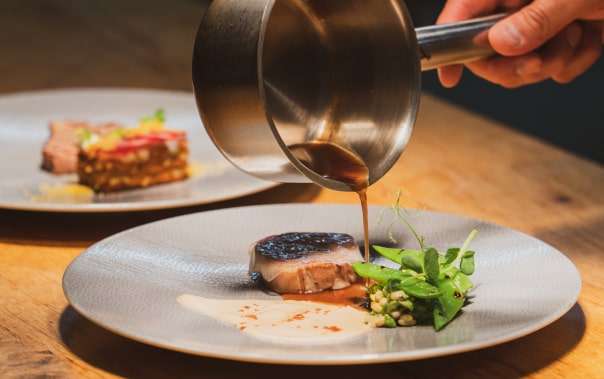
blog
Related Blog Posts
recipes

